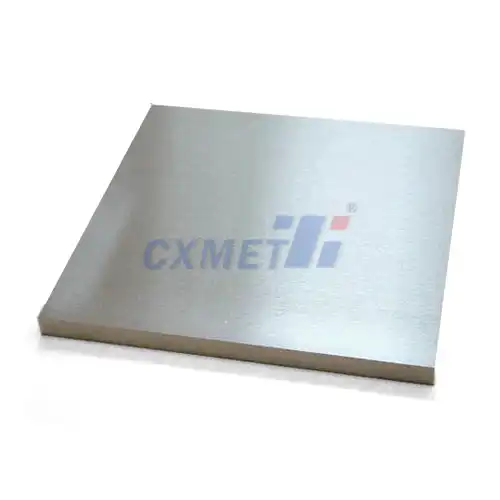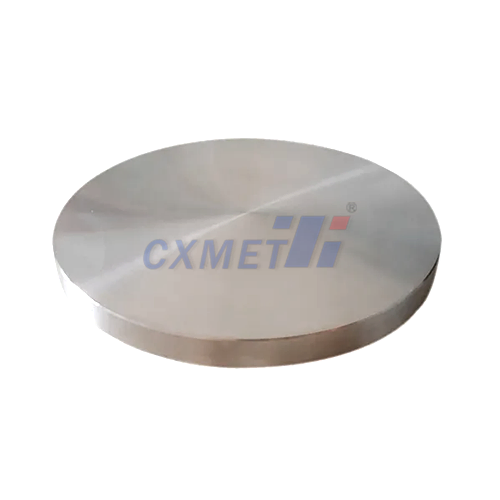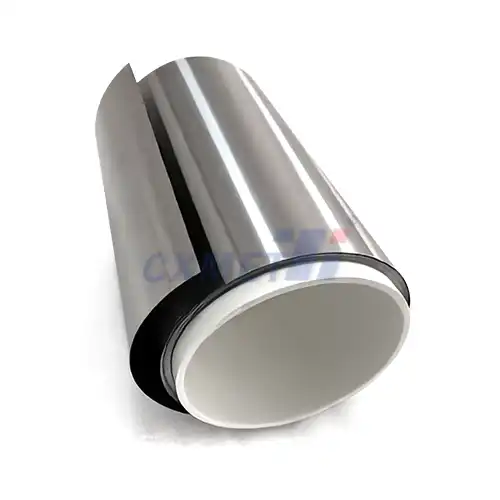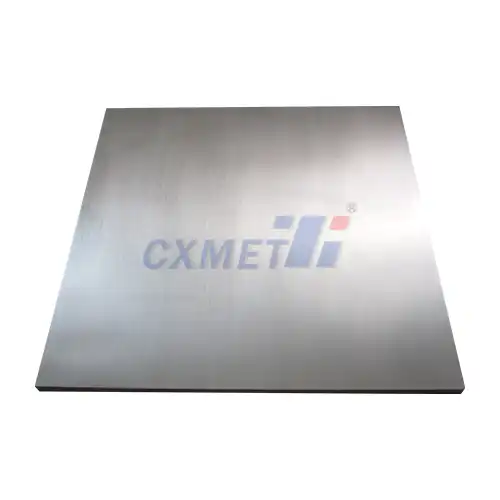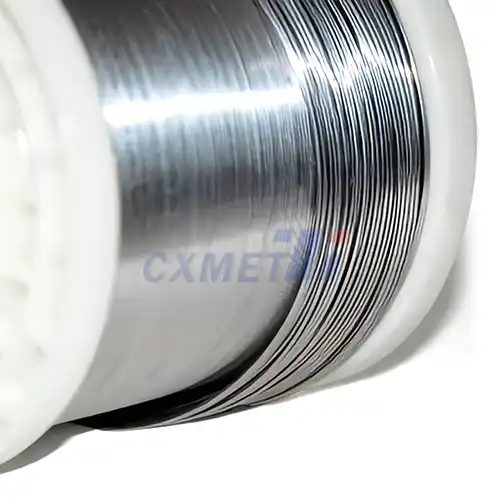- English
- French
- German
- Portuguese
- Spanish
- Russian
- Japanese
- Korean
- Arabic
- Greek
- German
- Turkish
- Italian
- Danish
- Romanian
- Indonesian
- Czech
- Afrikaans
- Swedish
- Polish
- Basque
- Catalan
- Esperanto
- Hindi
- Lao
- Albanian
- Amharic
- Armenian
- Azerbaijani
- Belarusian
- Bengali
- Bosnian
- Bulgarian
- Cebuano
- Chichewa
- Corsican
- Croatian
- Dutch
- Estonian
- Filipino
- Finnish
- Frisian
- Galician
- Georgian
- Gujarati
- Haitian
- Hausa
- Hawaiian
- Hebrew
- Hmong
- Hungarian
- Icelandic
- Igbo
- Javanese
- Kannada
- Kazakh
- Khmer
- Kurdish
- Kyrgyz
- Latin
- Latvian
- Lithuanian
- Luxembou..
- Macedonian
- Malagasy
- Malay
- Malayalam
- Maltese
- Maori
- Marathi
- Mongolian
- Burmese
- Nepali
- Norwegian
- Pashto
- Persian
- Punjabi
- Serbian
- Sesotho
- Sinhala
- Slovak
- Slovenian
- Somali
- Samoan
- Scots Gaelic
- Shona
- Sindhi
- Sundanese
- Swahili
- Tajik
- Tamil
- Telugu
- Thai
- Ukrainian
- Urdu
- Uzbek
- Vietnamese
- Welsh
- Xhosa
- Yiddish
- Yoruba
- Zulu
How to Clean and Maintain Grade 5 Titanium Alloy Tubes?
2024-08-02 17:26:55
Grade 5 titanium alloy, also known as Ti-6Al-4V, is a high-strength, lightweight material widely used in aerospace, medical, and industrial applications. Proper cleaning and maintenance of Grade 5 titanium alloy tubes are crucial for ensuring their longevity, performance, and safety. This blog post will explore the best practices for cleaning and maintaining these valuable components, addressing common questions and providing expert insights.
What are the best cleaning methods for Grade 5 titanium alloy tubes?
Cleaning Grade 5 titanium alloy tubes requires careful consideration of the material's properties and the specific contaminants present. The following methods are commonly used and highly effective:
a) Solvent Cleaning:
For light contamination or general maintenance, solvent cleaning is often the first choice. Use a mild, non-chlorinated solvent such as acetone or isopropyl alcohol. Apply the solvent to a lint-free cloth and gently wipe the surface of the titanium tube. This method is effective for removing oils, greases, and light dirt.
Caution: Always use solvents in a well-ventilated area and wear appropriate personal protective equipment (PPE) such as gloves and safety glasses.
b) Ultrasonic Cleaning:
For more thorough cleaning, especially for tubes with complex geometries or hard-to-reach areas, ultrasonic cleaning is highly effective. This method uses high-frequency sound waves to create microscopic bubbles in a cleaning solution, which implode and remove contaminants from the surface.
To ultrasonic clean Grade 5 titanium alloy tubes:
1. Choose a suitable ultrasonic cleaner and fill it with a mild alkaline cleaning solution.
2. Immerse the titanium tubes in the solution.
3. Set the ultrasonic cleaner to the appropriate frequency and time (typically 3-5 minutes).
4. After cleaning, rinse the tubes thoroughly with deionized water.
5. Dry the tubes using clean, compressed air or a lint-free cloth.
c) Chemical Cleaning:
For stubborn contaminants or surface oxidation, chemical cleaning may be necessary. A common chemical cleaning solution for titanium alloys is a mixture of nitric acid and hydrofluoric acid. However, this method should only be performed by trained professionals due to the hazardous nature of the chemicals involved.
The chemical cleaning process typically involves:
1. Preparing the acid solution (usually 30-40% nitric acid and 1-3% hydrofluoric acid).
2. Immersing the titanium tubes in the solution for a specified time (typically 1-5 minutes).
3. Rinsing thoroughly with deionized water.
4. Neutralizing any remaining acid with a sodium bicarbonate solution.
5. Final rinsing and drying.
Regardless of the cleaning method chosen, it's crucial to handle Grade 5 titanium alloy tubes with care to prevent scratches or other surface damage. Always use clean, lint-free gloves when handling the tubes after cleaning to prevent recontamination.
How can you prevent corrosion in Grade 5 titanium alloy tubes?
While Grade 5 titanium alloy is known for its excellent corrosion resistance, it's not entirely immune to corrosion under certain conditions. To prevent corrosion and maintain the integrity of Grade 5 titanium alloy tubes:
a) Control the Environment:
Minimize exposure to corrosive environments whenever possible. This includes avoiding prolonged contact with chlorides, which can cause stress corrosion cracking in titanium alloys. In marine or industrial settings where chloride exposure is unavoidable, implement regular inspection and cleaning protocols.
b) Maintain Proper Surface Finish:
A smooth, uniform surface finish helps prevent corrosion initiation. After cleaning, inspect the tubes for any scratches or surface imperfections. If necessary, use fine-grit abrasives or electropolishing to restore a smooth surface.
c) Apply Protective Coatings:
In some cases, applying a protective coating can enhance corrosion resistance. Anodizing is a common surface treatment for titanium alloys that creates a thin, protective oxide layer. This layer not only improves corrosion resistance but also enhances wear resistance and provides a decorative finish.
The anodizing process for Grade 5 titanium alloy typically involves:
1. Cleaning and degreasing the surface.
2. Immersing the tube in an electrolyte solution (often phosphoric or sulfuric acid).
3. Applying an electrical current to create the oxide layer.
4. Rinsing and drying the anodized tubes.
d) Implement Cathodic Protection:
In applications where Grade 5 titanium alloy tubes are used in conjunction with other metals, galvanic corrosion can occur. To prevent this, implement cathodic protection systems, such as sacrificial anodes or impressed current systems, to protect the titanium from becoming the anode in the galvanic cell.
e) Regular Inspection and Maintenance:
Establish a routine inspection schedule to catch any signs of corrosion early. Look for discoloration, pitting, or any changes in surface texture. If corrosion is detected, address it immediately through cleaning, surface treatment, or replacement if necessary.
What are the proper storage and handling techniques for Grade 5 titanium alloy tubes?
Proper storage and handling of Grade 5 titanium alloy tubes are essential for maintaining their quality and preventing damage. Follow these guidelines to ensure the longevity and performance of your titanium tubes:
a) Storage Environment:
Store Grade 5 titanium alloy tubes in a clean, dry environment with controlled temperature and humidity. Avoid areas with high moisture or exposure to corrosive chemicals. If possible, use climate-controlled storage facilities to minimize temperature fluctuations that could lead to condensation.
b) Protective Packaging:
When storing or transporting titanium tubes, use appropriate protective packaging. This may include:
- Plastic sleeves or tubes to prevent surface scratches
- Foam inserts or bubble wrap for cushioning
- Desiccant packets to absorb moisture in long-term storage
- Sealed containers or bags to prevent dust accumulation
c) Proper Handling Techniques:
When handling Grade 5 titanium alloy tubes:
- Always wear clean, lint-free gloves to prevent contamination and fingerprints.
- Use soft, non-abrasive materials for any support or clamping during processing.
- Avoid direct contact between titanium tubes and other metal surfaces to prevent galvanic reactions.
- Handle tubes carefully to prevent bending, denting, or scratching.
d) Inventory Management:
Implement a first-in, first-out (FIFO) inventory system to ensure that older stock is used before newer materials. This helps prevent prolonged storage that could lead to surface oxidation or other issues.
e) Documentation and Traceability:
Maintain proper documentation for each batch of Grade 5 titanium alloy tubes, including:
- Material certifications
- Heat treatment records
- Inspection reports
- Storage conditions and duration
This documentation is crucial for quality control and can be invaluable in troubleshooting any issues that may arise during use.
f) Training:
Ensure that all personnel involved in handling, storing, or processing Grade 5 titanium alloy tubes are properly trained in the material's characteristics and proper handling techniques. This includes understanding the importance of cleanliness, avoiding contamination, and recognizing signs of damage or corrosion.
By following these cleaning, maintenance, and handling practices, you can maximize the performance and lifespan of Grade 5 titanium alloy tubes in your applications. Remember that while titanium is a robust and corrosion-resistant material, it still requires proper care to maintain its exceptional properties.
At SHAANXI CXMET TECHNOLOGY CO., LTD, we take pride in our extensive product range, which caters to diverse customer needs. Our company is equipped with outstanding production and processing capabilities, ensuring the high quality and precision of our products. We are committed to innovation and continuously strive to develop new products, keeping us at the forefront of our industry. With leading technological development capabilities, we are able to adapt and evolve in a rapidly changing market. Furthermore, we offer customized solutions to meet the specific requirements of our clients. If you are interested in our products or wish to learn more about the intricate details of our offerings, please do not hesitate to contact us at sales@cxmet.com. Our team is always ready to assist you.
References:
1. ASM International. (2015). ASM Handbook, Volume 5: Surface Engineering. Materials Park, OH: ASM International.
2. Donachie, M. J. (2000). Titanium: A Technical Guide (2nd ed.). Materials Park, OH: ASM International.
3. Boyer, R., Welsch, G., & Collings, E. W. (1994). Materials Properties Handbook: Titanium Alloys. Materials Park, OH: ASM International.
4. Peters, M., Kumpfert, J., Ward, C. H., & Leyens, C. (2003). Titanium alloys for aerospace applications. Advanced Engineering Materials, 5(6), 419-427.
5. Schutz, R. W., & Thomas, D. E. (1987). Corrosion of titanium and titanium alloys. ASM Handbook, 13, 669-706.
6. Lutjering, G., & Williams, J. C. (2007). Titanium (2nd ed.). Berlin: Springer-Verlag.
7. Revie, R. W., & Uhlig, H. H. (2008). Corrosion and corrosion control: an introduction to corrosion science and engineering (4th ed.). Hoboken, NJ: John Wiley & Sons.
8. ASTM International. (2020). ASTM B348/B348M-19: Standard Specification for Titanium and Titanium Alloy Bars and Billets. West Conshohocken, PA: ASTM International.
9. Rack, H. J., & Qazi, J. I. (2006). Titanium alloys for biomedical applications. Materials Science and Engineering: C, 26(8), 1269-1277.
10. Gammon, L. M., Briggs, R. D., Packard, J. M., Batson, K. W., Boyer, R., & Domby, C. W. (2004). Metallography and microstructures of titanium and its alloys. ASM Handbook, 9, 899-917.
